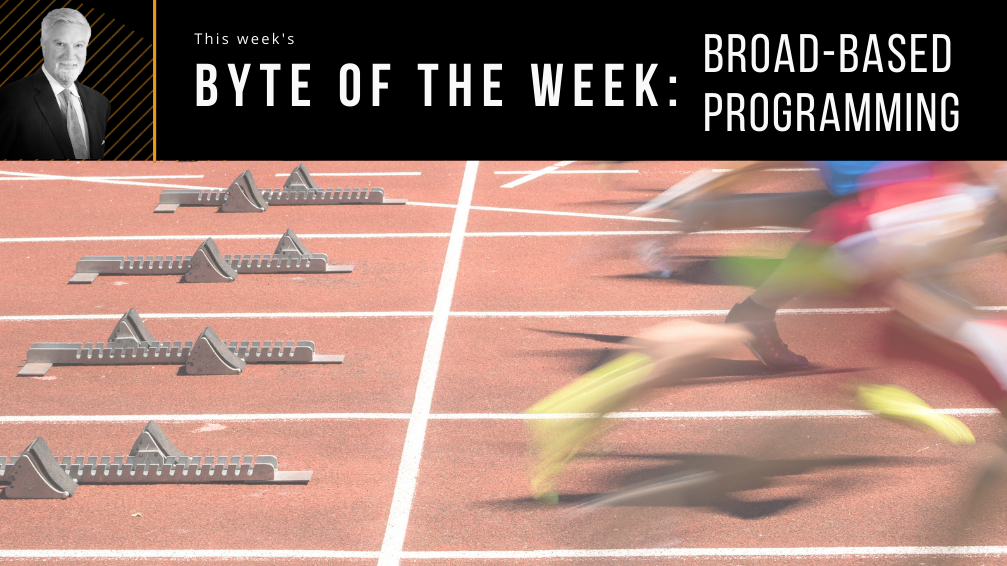Last week, I received an email from one of our prominent athletics directors highlighting the importance of broad-based programming to college sports. One of the challenges of college sports is that the general public typically views the enterprise merely through the lens of basketball and football, which only represent approximately 27 percent of student-athletes in college sports. But, there are thousands of student-athletes in sports other than football and basketball, such as field hockey, soccer, and softball, that are just as much a part of college sports. And many of these athletes encompass the bulk of our Olympic effort in the United States. For example, in the 2016 Rio Summer Olympics, nearly 80 percent of Team USA competed in college.
It is also worth mentioning that in the Football Bowl Subdivision (FBS), of the $9.9 billion that our schools generate annually in revenue, 15-20 percent of this revenue supports such Olympic and minor sports, which, for most enterprises, would amount to all of their profits. This is one of the reasons that only approximately 20 of our member schools make money, with many of them relying on institutional support and student fees to survive.
So when the public looks at college sports, it is important to view the industry in the same lens as our athletics directors — who get just as much satisfaction in supporting their Olympic sport athletes as they do out of their football and basketball teams.






